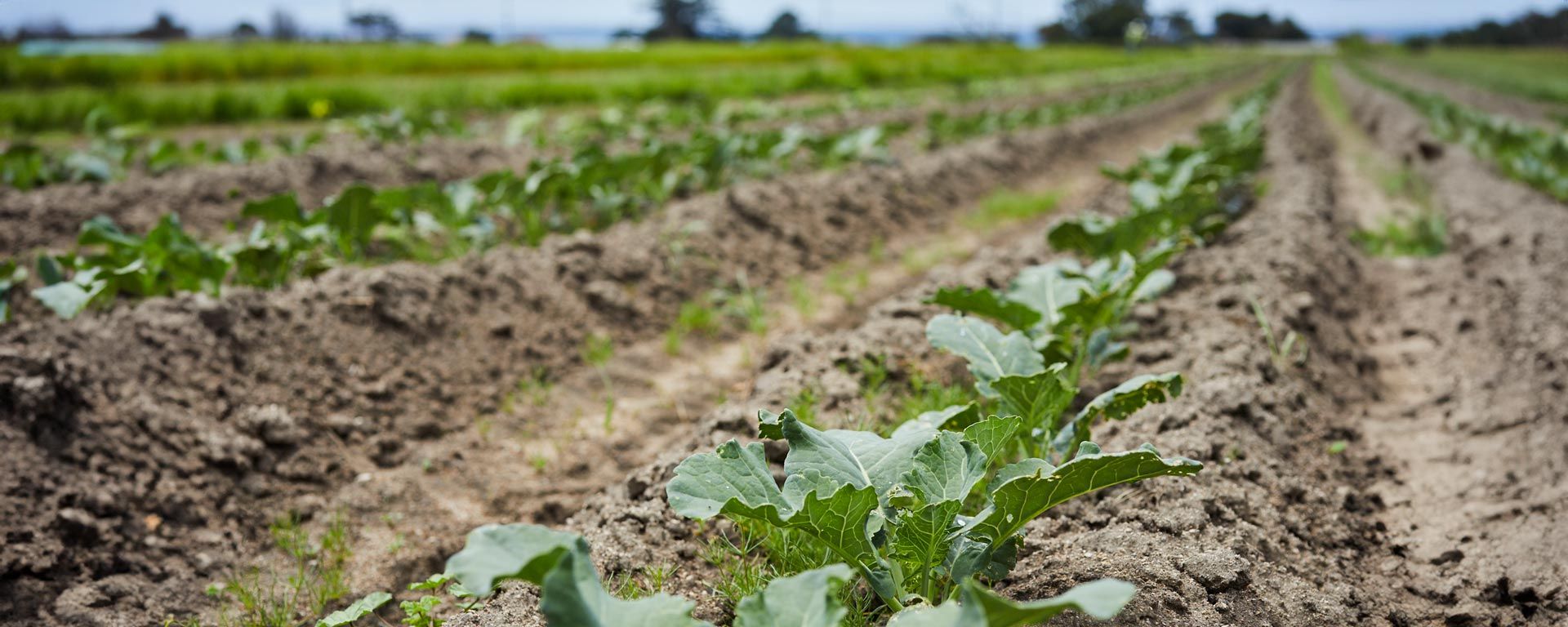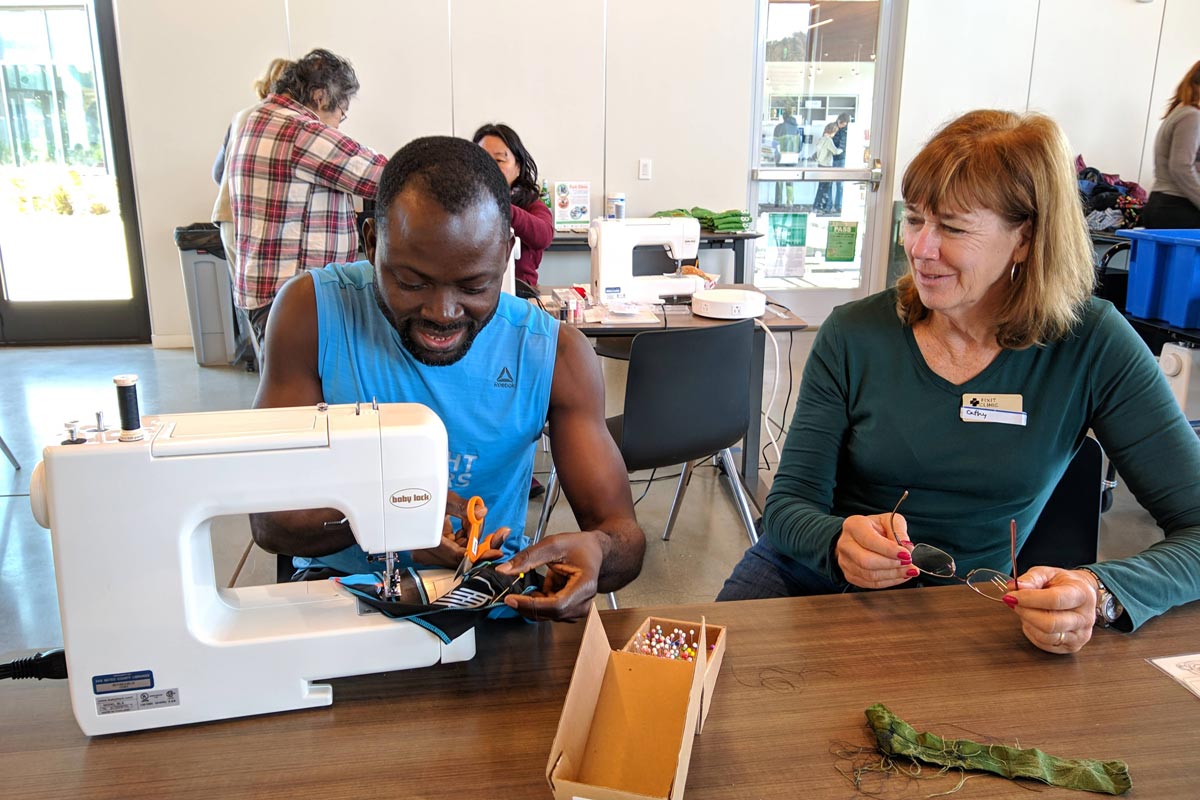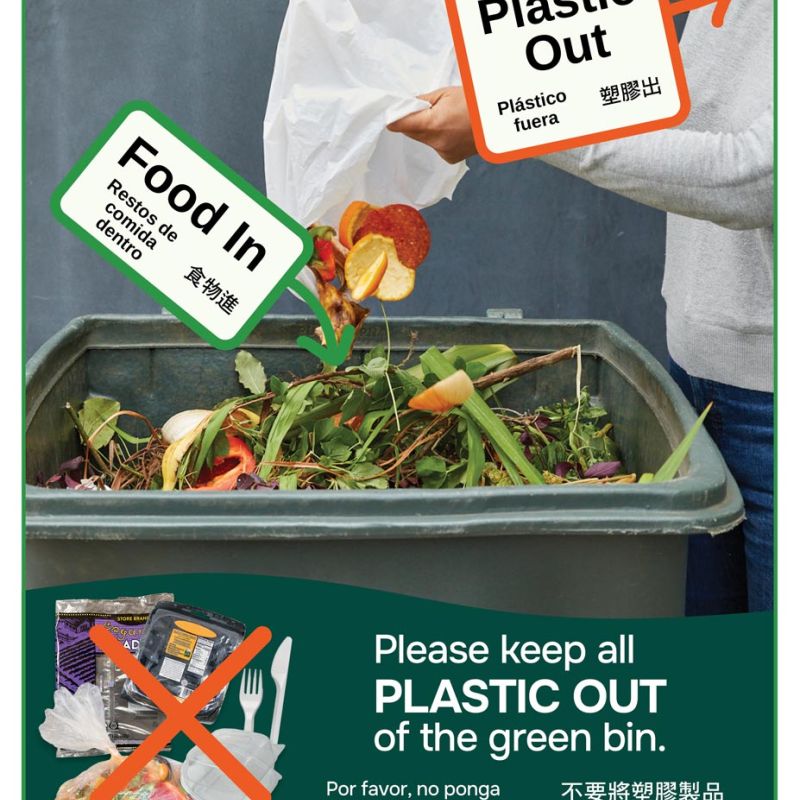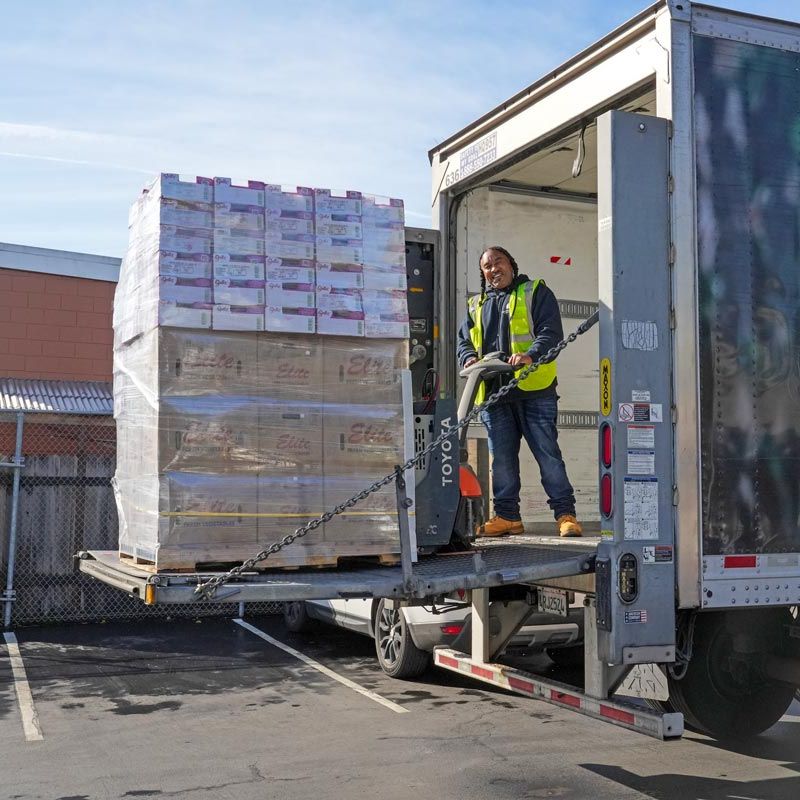
Working Lands
Carbon sequestration is the natural process of plants taking in CO2 from the atmosphere and, through a biochemical interaction between the roots, the soil, and microorganisms, storing that CO2 in the soil profile. Rangeland and cropland, including publicly and privately managed lands, comprise a large portion of the land base in California and in San Mateo County. Active management of working lands can enhance the rate of carbon sequestration in soils and vegetation, therefore carbon farming (i.e., the suite of practices that brings about more sequestration) has a critical role to play in helping San Mateo County develop resilience to climate change while simultaneously reducing atmospheric greenhouse gases driving climate change. The measures in this sector are designed to reduce emissions and sequester carbon in working lands.
Goals:
- 2030: Sequester 39,000 MTCO2E (metric tons of carbon dioxide equivalent) of carbon and carbon in soils and vegetation
- Support ranchers and farmers to plan, implement, and scale climate beneficial practices on the county’s working lands
- Increase resilience to climate change impacts, improve water quality and soil health, and enhance and increase habitat for pollinators and wildlife
Summary of Strategies
|
L-1.1 |
Carbon farming investments. Implement a County funding program, such as Santa Clara County’s Agricultural Resilience Incentive, for farmers and ranchers to implement and maintain climate beneficial practices. |
|
L-1.2 |
External funding programs for carbon farming.
|
|
L-1.3 |
Compost procurement. Where feasible, County-procured compost through SB 1383 compliance should be made available to producers at a reduced cost or for free. |
|
L-1.4 |
Cost saving methods. Explore opportunities for establishing a bulk purchasing program for cost savings, such as for cover crop seed. |
|
L-1.5 |
Climate-beneficial communications. Assess potential of a communication or labeling program to raise awareness of climate beneficial agricultural practices of San Mateo County producers, potentially as part of As Fresh As It Gets.(13) Assess potential of such program to increase revenue for producers. |
|
L-1.6 |
Public benefit communications. Assess and report the estimated public benefits and cost savings provided by climate beneficial agricultural practices to the agricultural and larger San Mateo County communities. |
|
L-2.1 |
Technical assistance provider support. Support the SMRCD and other land partners in providing technical assistance to agricultural producers to scale carbon farming and GHG emission reducing practices. Support adequate staffing for technical assistance providers to undertake outreach, planning, implementation, monitoring, and maintenance. |
|
L-2.2 |
On-farm research and demonstration. Support trials, research, and monitoring by the SMRCD and other land partners to refine local data on carbon sequestration and GHG emission reduction occurring from existing and new climate beneficial practices. |
|
L-2.3 |
Educational opportunities for land managers. Support the SMRCD and other land partners in providing educational opportunities to assist producers in evaluating and adopting climate beneficial agricultural practices. |
|
L-3.1 |
Carbon farming implementation infrastructure access.
|
|
L-3.2 |
Climate beneficial practices that reduce GHG emissions.
|
|
L-3.3 |
Progress tracking. Develop a platform for tracking and reporting on climate goals and on-farm benefits of climate beneficial agricultural projects. |
|
L-4.1 |
Permit barrier identification and minimization.
|
|
L-5.1 |
Agricultural land preservation. Support efforts to improve access, tenure, and ownership for next generation and new and beginning farmers and ranchers. |
|
L-6.1 |
Stewardship and ecological restoration on natural lands.
|
|
L-6.2 |
Carbon sequestration on natural lands and urban green space. Develop strategies through diverse stakeholder participation for carbon sequestration and climate adaptation on natural lands and urban green spaces. |



